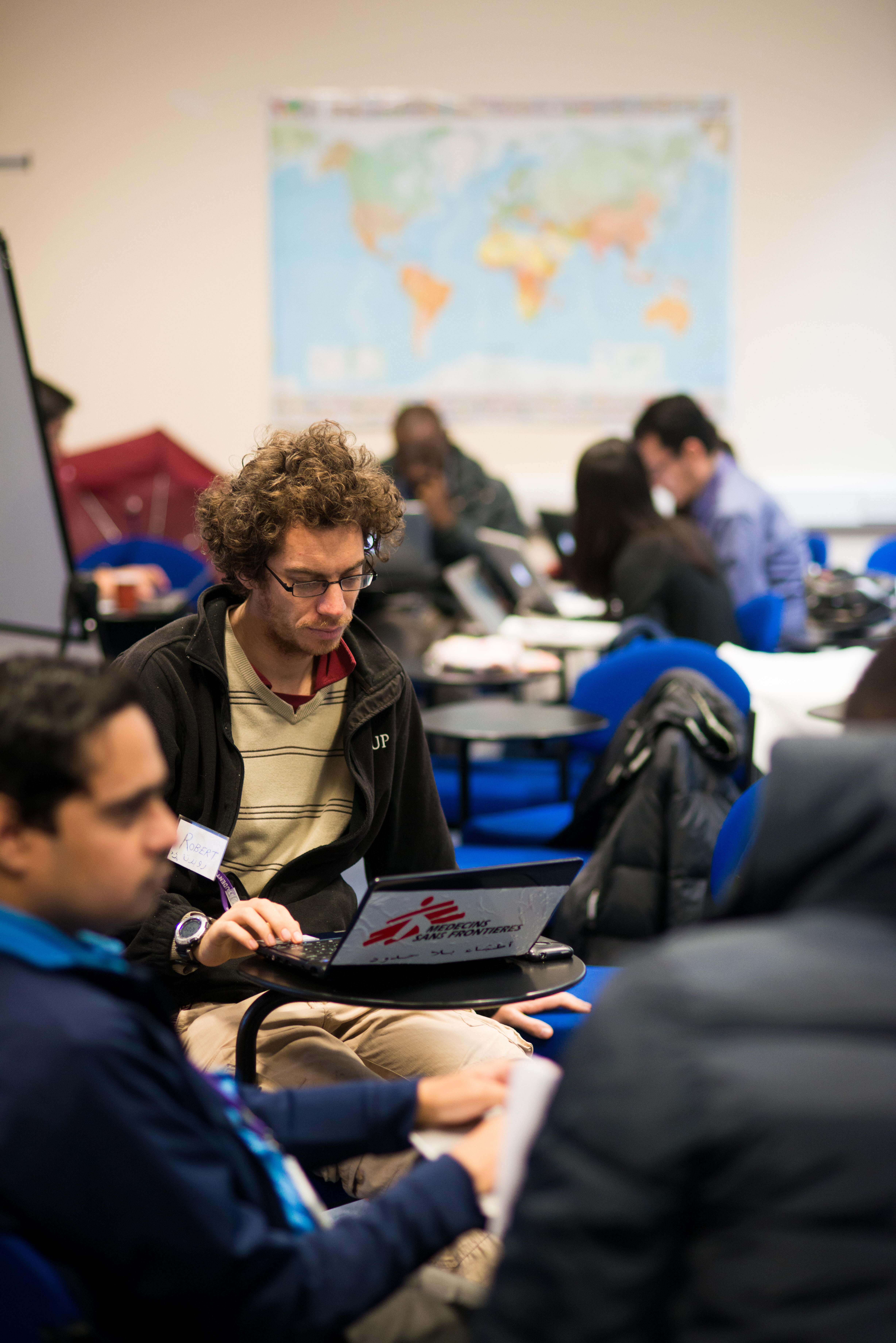
TurningPoint can make presentations and lectures more interactive.
The software allows multiple choice questions to be embedded within PowerPoint, to which students and other participants respond via voting handsets or ‘clickers’. A histogram of responses is immediately available to display onscreen and this can be used to support the teaching session through confidentially exploring differences of opinion, engaging students actively with problem-based tasks, initiating dialogue and presenting an opportunity for two-way feedback.
TurningPoint has been used as a teaching tool at LSTM for a number of years, and the school has held a privileged position of being able to offer all students a personal clicker at the start of their studies, and with all teaching rooms are fully TurningPoint enabled. Students are enthusiastic about using clickers in their learning, with end-of-unit feedback being unanimously positive about their use and towards the teaching staff who employ this teaching technique. TurningPoint is enabling LSTM to make teaching more interactive and engaging, and there is an active community at the school sharing practice on how best to use this tool.
“Enjoyable and interactive.”
“Fun and engaging!”
“Really enjoyed this and felt very open to asking questions”
“Excellent and fun presenting style. I now feel more confident in diagnosis”
(DTMH student feedback)
Staff looking to make use of this technology are fully supported by the TEL unit. We can advise on the free software install, provide information about our regular organised training events, one-to-one consultation with staff interested in using MCQs within live teaching, and to be able to provide the reassurance and support of on-hand support during lectures for new users. To find out more please contact the TEL unit.
Students will be provided information about this technology in pre-arrival information packs or on arrival at the school. The TEL unit is able to support students with technical difficulties and we are also keen to support students who are looking to use this technology within their own presentations. Please contact the TEL unit for support.